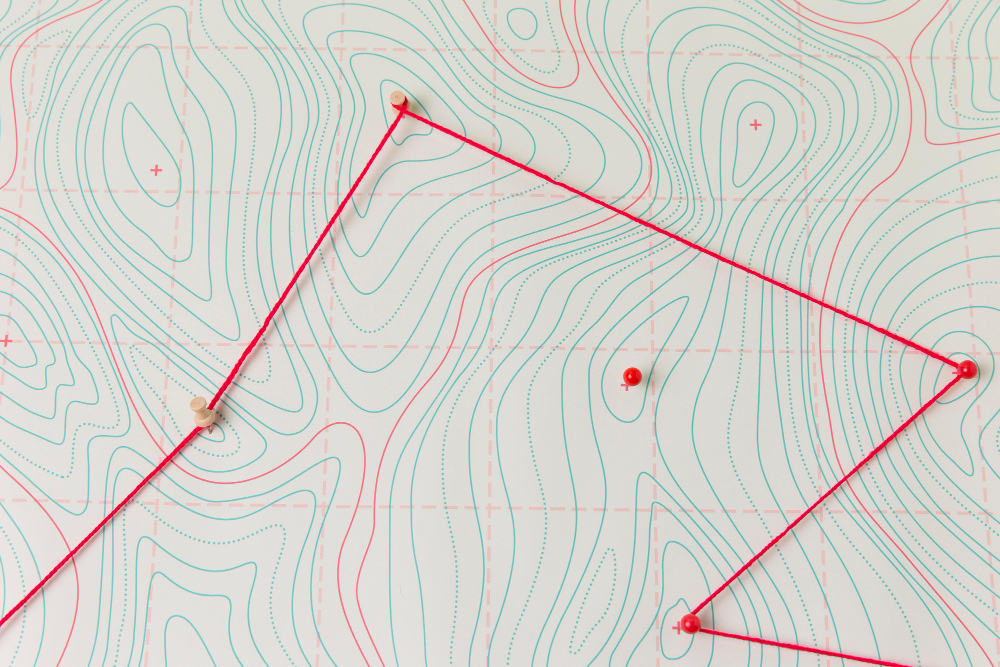
How to Use the Raster Calculator in ArcGIS
The Raster Calculator in ArcGIS is a powerful tool for performing map algebra with raster datasets. It allows you to create new rasters based on mathematical expressions, logical operations, and conditional statements. Whether you’re analyzing elevation data, performing suitability analysis, or combining multiple raster layers, the Raster Calculator simplifies complex spatial calculations.
Step 1: Open the Raster Calculator
- In ArcGIS Pro or ArcMap, navigate to Spatial Analyst Tools > Map Algebra > Raster Calculator.
- Make sure the Spatial Analyst extension is activated.
Step 2: Build Your Expression
- The Raster Calculator uses standard mathematical operators and functions.
- You can reference any raster layer in your map document.
- Example operators:
- Arithmetic:
+,-,*,/ - Comparison:
>,<,==,>=,<= - Logical:
AND,OR,NOT
- Arithmetic:
Example Expression:
Con("Slope" > 15, 1, 0)
This creates a new raster where cells with a slope greater than 15 are assigned a value of 1, and all others are 0.
Step 3: Specify Output
- Choose a location and filename for your output raster.
- Make sure to use a folder or geodatabase with write permissions.
Step 4: Run the Calculation
- Click OK to execute the expression.
- The new raster will appear in the map and can be used for further analysis or visualization.
Tips for Using Raster Calculator
- Use parentheses to control the order of operations.
- Check raster properties (cell size, projection) to ensure consistency.
- Test with small areas first to verify expressions before applying them to large datasets.
- Combine multiple rasters with arithmetic and conditional statements to create complex analysis workflows.

